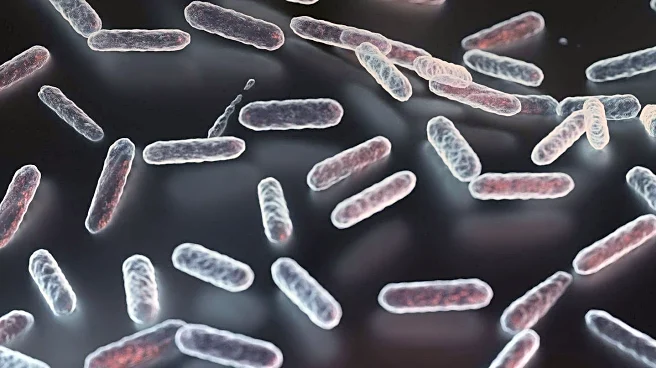What's Happening?
Researchers from the University of South Florida have uncovered direct genomic evidence identifying the bacterium Yersinia pestis as the cause of the Plague of Justinian, the world's first pandemic. This pandemic occurred between A.D. 541 and 750, killing an estimated 25 to 100 million people. The study involved sequencing genetic material from human teeth found in a mass grave in Jerash, Jordan, confirming the presence of Y. pestis within the Byzantine Empire during the mid-sixth to early seventh century. This discovery provides the first direct genetic evidence of the plague's presence, offering new insights into how the pandemic unfolded.
Why It's Important?
The identification of Yersinia pestis as the cause of the Plague of Justinian is significant as it provides concrete biological evidence to support historical accounts of the pandemic. This discovery enhances understanding of ancient pandemics and their impact on human populations, offering valuable insights into the evolution and spread of infectious diseases. It also underscores the importance of interdisciplinary research in uncovering historical truths and can inform modern public health strategies by highlighting the potential for similar pathogens to cause widespread outbreaks.
What's Next?
The findings may lead to further research into the genetic evolution of Yersinia pestis and its role in historical pandemics. Researchers might explore the implications for modern infectious disease control and prevention, considering the genetic similarities between ancient and contemporary strains of the bacterium. Additionally, this study could prompt further archaeological investigations to uncover more evidence of ancient pandemics and their societal impacts.
Beyond the Headlines
The study highlights the ethical considerations in handling ancient human remains and the importance of preserving historical sites for scientific research. It also raises questions about the long-term effects of pandemics on civilizations and how societies recover and adapt in their aftermath. Understanding these dynamics can provide lessons for contemporary global health challenges.











